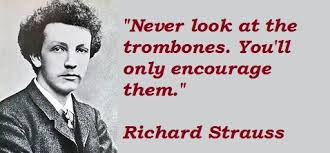![]() 1841 ~ Antonin Dvorák, Czech composer
1841 ~ Antonin Dvorák, Czech composer
More information about Dvorák
• 1897 ~ Jimmie (James Charles) Rodgers,‘The Blue Yodeler’, Country Music Hall of Famer, First country singer to be in a film
• 1932 ~ Patsy Cline (Virginia Petterson Hensley), Country Music Hall of Famer, American country-music singer
• 1934 ~ Peter Maxwell Davies, British composer
• 1935 ~ The Hoboken Four, featuring Frank Sinatra as lead singer, appeared on Major Bowes Amateur Hour on WOR radio. The group won the competition held at the Capitol Theatre in New York City.
• 1941 ~ Dante Drowty, Singer with Dante and The Evergreens
• 1941 ~ Harry James and his orchestra recorded Misirlou for Columbia Records.
• 1942 ~ Brian Cole, Bass, singer with The Association
• 1947 ~ Valery Afanassiev, Russian pianist
• 1949 ~ Richard Strauss, German composer and conductor, died at the age of 85. Strauss wrote in nearly every genre, but is best known for his tone poems and operas.
More information about Strauss
He also composed Also sprach Zarathustra, one of our Daily Listening Assignments.
• 2022 ~ Queen Elizabeth died at the age of 96.


